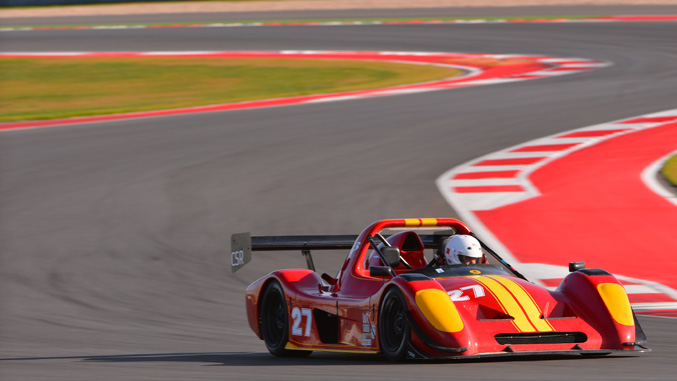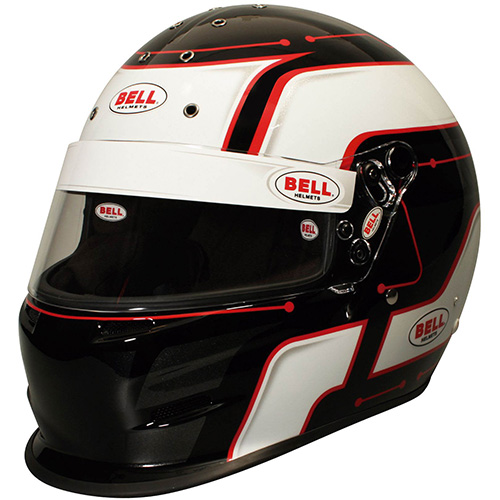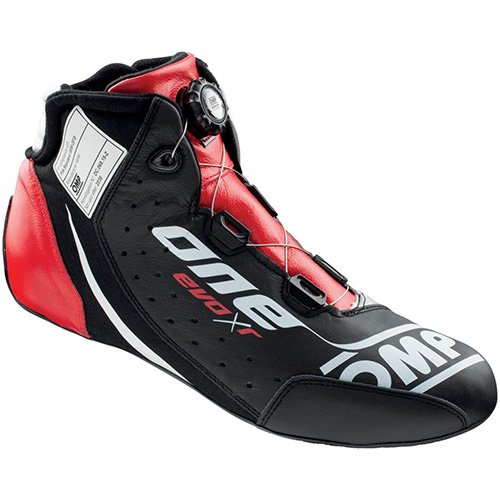Speed Secrets: How To Make The Most Out Of A Test Day – Part 1

Strategy
Okay, you finally have a test day where you're able to focus just on tuning your car's handling and your own driving, instead of having the pressure of an event's practice, qualifying, and race. Yes! But how do you make the most it?
Not everyone reading this is in a position to be thinking about how to best use a designated test day, but many of the concepts I’ll share apply to practically anyone.
I'm going to assume you're not driving for Roger Penske or the Mercedes F1 team. In fact, I'm going to assume you look at your team manager, engineer, chief mechanic, sponsor, data guru, catering crew, transporter driver, and “go-fer” each and every morning when you look in the mirror. Oh, and of course, you're the highly paid driver, too!
Test days are used primarily for two different reasons:
- Car development
- Driver development
I’m also going to include learning a track in the driver development area.
While it's possible to do both car and driver development at one time, that usually results in a mediocre job of both. Decide up front what your priorities are. Is there more to be gained from developing your car than from developing your driving, or vice versa? Decide which one should be your focus. It's possible to split the day up, spending half the day on your driving and half on the car. But again, trying to do both at the same time rarely works out.
If you do decide to focus on both car and driver development, then break the day up, and focus on just one for a period of time, and then the other at another time.
Why is it so important to focus on just one area at a time? If you make a change to your driving technique and the car’s setup at the same time, and you go faster (or slower), how do you know which one caused the improvement? That’s why.
Which leads to my key message: Make one change at a time, whether to your driving, or to the car. While there are some very experienced engineers who can get away with more than one setup change at a time, they can do that because they have a very deep understanding of what each change will do and why, and they’re able to sort out what did what. But even they would prefer to make one change at a time.
Since there are so many variables and details I don't know about you, your car, and budget, I won't be able to cover the details of every single adjustment that you'll make to your car or to your driving. Instead, I'll focus on the overall strategy and plan for this coveted testing opportunity, and you'll have to adapt it to your own situation, based on your financial and time budget.
Let's start right there: You need a plan! And it needs to be written down, and not just in your head. Preparation is the key to making the most of your test day.
Having said that, one thing I can guarantee is the test day will not go exactly as planned. In fact, you'll have to adapt during the day as you learn. But if you start with a plan, and stay with it as much as possible, you’ll learn more and your day will be more productive.
And that's what the test day is all about: learning. So let me state one of the most important factors, something you must keep in mind at all times: It's just as important to learn what doesn't work as it is to learn what does work. Many race teams – drivers, engineers, managers, mechanics – get frustrated and discouraged if every single change they make to their car setup, or to their driving technique, doesn't result in a gain.
So why is it important to learn what doesn't work? First, many gains happen after something has gone "wrong." If you've ever made a mistake with your driving – let's say, carrying what you thought was too much speed entering a corner – and found out that it actually worked, if even just a little bit (and it needed further fine-tuning), then you know what I'm talking about.
The same is true when tuning the handling of your car. Sometimes you'll try something, and it doesn't make the car go faster. But it makes the car do something different, something that you don't need right now, but something that you might need sometime in the future. If you make note of it, you can use it when you need it.
Second, there will come a time during a race event when you're struggling with a handling issue. And when that happens, you have to figure out what to change. If you've found things that don't work during your test days, and made note of them, you can eliminate those from your thinking – you won’t waste time trying them.
Did you notice something I said twice in the past couple of paragraphs? Making notes. One of the worst things you can do when testing is to not take notes of every change you make. If it requires bringing a volunteer to the test whose only job it is to make note of every single change you make, then do that. A change that improves your car or driving that isn't written down is likely to be forgotten, which means you're going to have to learn it again.
What you do with these notes after the test is also important. Making a change that made an improvement, but not knowing why it worked is almost as bad as not finding any improvements. You need to sit down after the test day and think about every change you made, and understand why each one worked, didn't work, or didn't have any effect at all. Understanding is a critical part of the process. Often, you don't have time to fully think through everything at the track, so you need to do that after the day is over.
So, let's break the test day down into the two areas, driver and car. To make this a little easier to take in all at one time, I'm going to cover the driver in the next installment and the car in the following one.
Ross Bentley
For more information about Ross’s tips, coaching, eCourses, newsletter, Virtual Track Walk videos, and other resources to help you drive at your best, go to www.SpeedSecrets.com


















